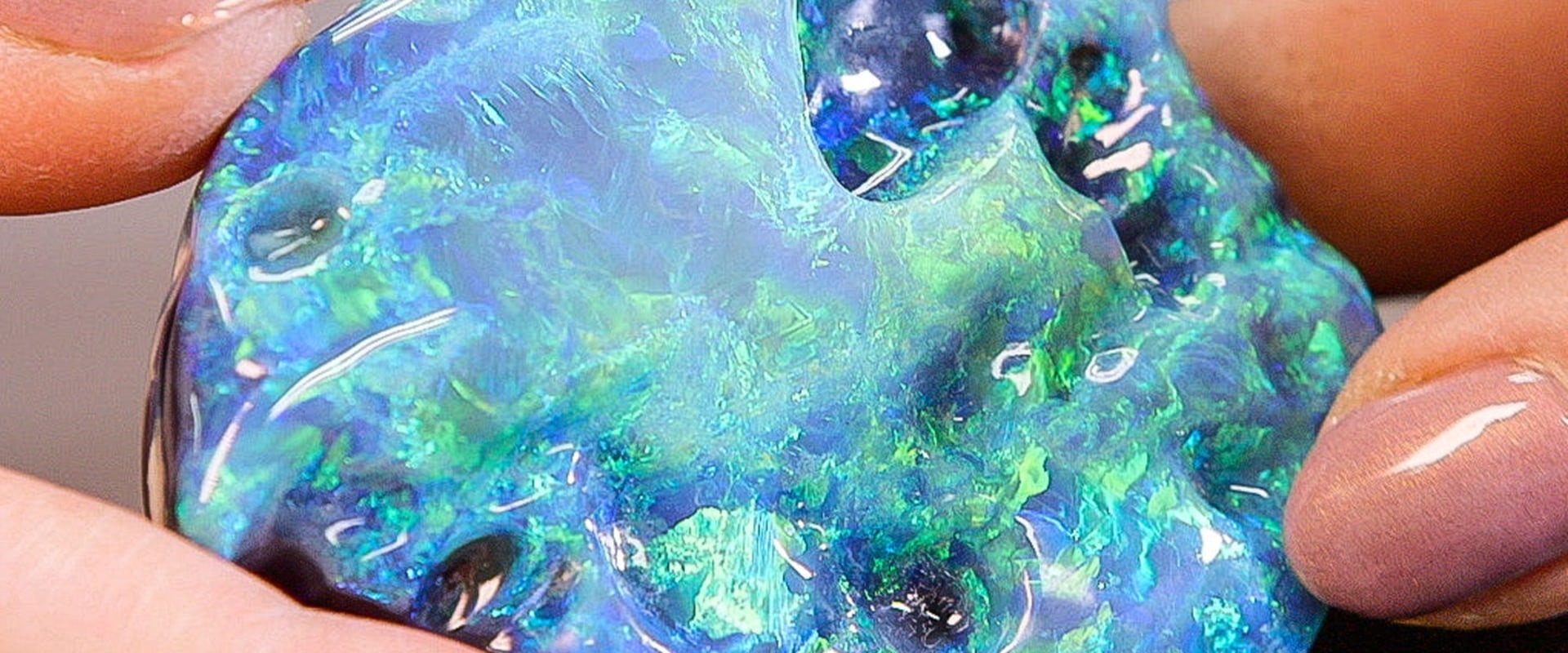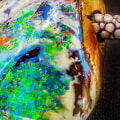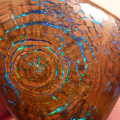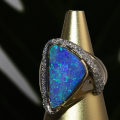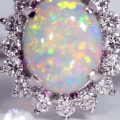Boulder opals also have a dark body tone. White opals have a light body tone and are generally the least valuable form of opal. What is black opal? Black opal is the rarest and most valued form of opal, and it has what is called a black (or dark) body tone.
Black opals
come in all the colors of the rainbow.Its dark body tone makes the colors of the opal's face appear rich and intense. If you don't know the color of an opal, how dark is it? If it's black or almost black, it's called black opal. Opal with a dark body tone, but not black, is known as dark opal. Body tone refers to the relative darkness or luminosity of opal, while ignoring its play of colors.
During its formation, the replacement of the organic material with silica resulted in carbonaceous material or impurities such as titanium impregnating the mineral structure giving the black opal the color of its body. Watch To determine the body tone of an opal, the opal piece, “face up”, is examined and its position on the body tone scale is determined (by visual comparison). Spectral colors (red, orange, yellow, green, blue, indigo, violet, in order of value) are generally combined in varying amounts in most opals. It is also noted that some very dark red opals of the Mexican type would have body tones dark enough to be classified as black opal.
In precious opal, the name given to spectral colored opal, or “play of colors,” the tiny spheres of silica dioxide are of uniform size and are stacked in regular rows and layers. This is where most of the “white” or “milky” and crystal opals (collectively known as “light opal”) are extracted. The best opals are black background color with a colorful, bright and evenly distributed play of color, free of any treatment and of Australian origin. If opal is lighter than N4, and its shade corresponds to N5 or N6 on the body tone scale, then it is classified as dark opal.
Therefore, the most valuable black opal of all is a very bright red stone on a very black base that simply shines. This is compared to the blackness scale shown below. Stones that achieve values of N1 to N4 on this scale are considered black opals, which attracts the additional value associated with this class of opal. White opal or “light opal” is “clear or white in appearance, this is the most abundant and affordable form of opal.
The inclusion of the word body tone to express the relative clarity or darkness of an opal as opposed to its play of colors was perhaps the most controversial topic in terminology. It is also the only opal that is suggested to sell out in the next 5 to 10 years and with the value (“suggested”) increasing by 15-25% each year, Boulder Opal can certainly make a solid investment in the long term. The retail price of this unusual opal has continued to rise over the years with each change of hands. If, on the other hand, the shade of the opal corresponds to N7, or lighter, it is classified as light opal.
